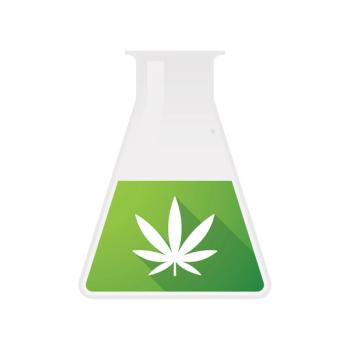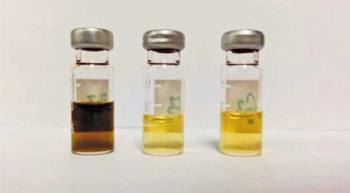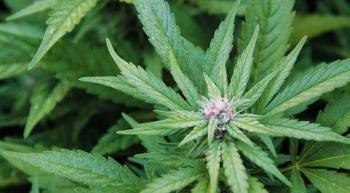
Sample Preparation
Latest News


AOAC INTERNATIONAL’s ISO 17043 Accreditation Expanded to Cannabis and Hemp Oil Proficiency Testing
Latest Videos

More News

This article addresses the US Department of Agriculture’s hemp testing rules and what laboratories should know regarding hemp testing. The author provides a short tutorial for laboratories and includes a section how laboratory information management systems (LIMS) can help.

This article outlines why multiple testing modes are important, what to look for in third party test providers, and how a cultivator can evaluate these potential providers both at the outset and in an ongoing manner for accuracy and reliability.

In part I of this series on statistical concepts related to cannabis analysis, we introduce the normal distribution, standard deviation, and how to calculate precision and accuracy.

The inter-laboratory variation problem still exists, which means laboratory certification is necessary, but not sufficient to guarantee your samples are analyzed properly. Here, Smith offers suggestions to help improve the situation.

Why the USDA’s requirements on what part of the plant to sample and how to obtain samples from the field are rife with problems and how to solve them.

This work describes an inductively coupled plasma-mass spectrometry method for the analysis of various heavy metals in cannabis sativa plant material.

In this interview, Jeffrey Williams the CEO of Exum Instruments discusses the details of how laser ablation laser ionization-time of flight-mass spectrometer (LALI-TOF-MS) is set to solve some of the many of the issues involved in sample preparation for the cannabis industry.

Here a scientifically based representative sampling plan for hemp grows is presented, detailing how to collect composite samples, how many to collect, and how to analyze them.

Laboratories are challenged with highly regulated and difficult sample schematics, sample preparation, extraction, and testing procedures that try to ensure accuracy and precision of testing. Accuracy in analytical testing starts at the very beginning with sampling and sample preparation prior to testing.

Too often, cannabis laboratories get different results on the same sample. There are a number of causes and solutions. In this installment, the problem is presented along with its causes.

Learn why your sample needs to be stable, homogeneous, and representative of the batch from which it is taken.


The method described here allows for the simultaneous analysis of 47 pesticides and five mycotoxins in cannabis in one simple QuEChERS procedure. This simple method is designed for implementation in start-up laboratories and in established laboratories that wish to streamline their sample preparation process, decrease solvent usage, and obtain accurate and fast results.

Well-established techniques used by the food safety industry, such as QuEChERS sample preparation followed by LC–MS/MS for the analysis of multiresidue pesticides, are evaluated for use with cannabis plant material.

An interview with Jeff Dahl, an applications scientist at Shimadzu Scientific Instruments; Joe Konschnik, a business development manager for the food and beverage market at Restek Corporation; Andre Santos, the Americas market development manager at Agilent Technologies; Alicia D. Stell, the CEM product development lab manager; and Xiaoyan Wang, a research scientist at UCT

QuEChERS is introduced to the discipline of forensic testing as a viable method for the extraction of pesticides and cannabinoids in various complex sample matrices

The wide dynamic range of ICP-MS allows it to be used for the simultaneous determination of parts-per-billion levels of heavy metals including lead, arsenic, cadmium, and mercury, together with high parts-per-million levels of nutritional elements, such as phosphorus, calcium, potassium, and magnesium.

Giuseppe Cannazza and Cinzia Citti from the University of Modena and Reggio Emilia discuss the growing interest in the use of medicinal cannabis in Europe and the analytical challenges involved.


